How we planned the procedure
A 30-year-old man born with heterotaxy presented with cyanosis and a prior stroke. In this 80-second captioned video, Cleveland Clinic congenital heart surgeon Hani Najm, MD, demonstrates how his team used a 3D-printed model of the patient’s complex heart anatomy to determine if biventricular repair was feasible.
Cleveland Clinic is a non-profit academic medical center. Advertising on our site helps support our mission. We do not endorse non-Cleveland Clinic products or services. Policy
This is a 30-year-old man who was born with heterotaxy, double-outlet right ventricle with pulmonary stenosis and a common AVSD [atrioventricular septal defect] on the inside of the heart. Has bilateral superior vena cava and a hepatic vein that opens separate from the IVC [inferior vena cava], and total anomalous pulmonary venous drainage that opens into the back of the left SVC [superior vena cava]. He presented to us with cyanosis and a previous stroke, and we were wondering whether we could offer him a biventricular repair. By doing this 3D model printing, we were able to see that the two ventricles are of good size. The left ventricle is very far from the aorta. Therefore, we decided to make that left ventricle as the supplementary ventricle. We needed to reroute his systemic venous return to the left component of the AVSD and then crate a left ventricle-to-pulmonary artery conduit. And we connected the pulmonary veins into the right atrium, which became the pulmonary venous atrium that connects to the right ventricle and to the aorta.
Dr. Najm is Chair of Pediatric and Congenital Heart Surgery and Executive Co-Director of the Pediatric and Adult Congenital Heart Center at Cleveland Clinic. Dr. Najm recently helped develop a new tool that refines cardiac surgical risk prediction for adults with congenital heart disease. Read about the ventricular switch his team performed on a 2-month-old and why he opted for this alternative, or click here to learn more about his work with 4-D and 3-D CT assessments.

Excessive dynamic airway collapse presenting as dyspnea and exercise intolerance in a 67-year-old
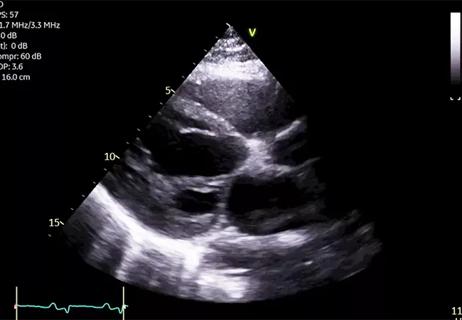
Young man saved multiple times by rapid collaborative response
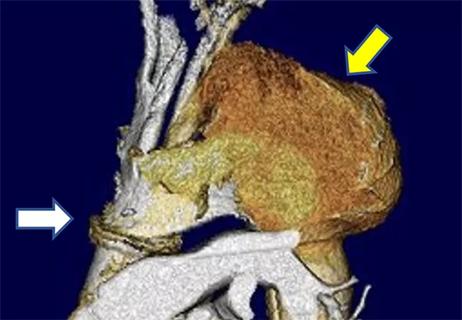
Necessity breeds innovation when patient doesn’t qualify for standard treatment or trials

After optimized medical and device therapy, is there a role for endocardial-epicardial VT ablation?
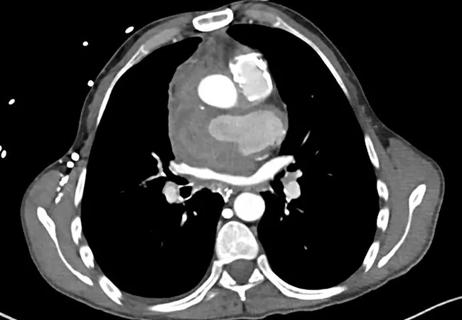
Fever and aortic root bleeding two decades post-Ross procedure
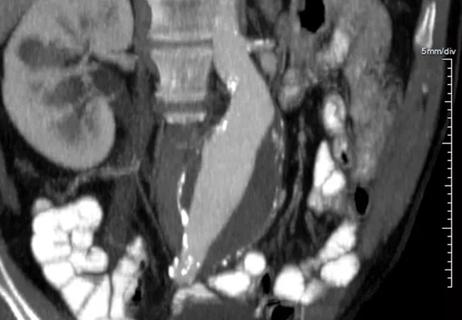
How to time the interventions, and how to manage anesthesia risks?
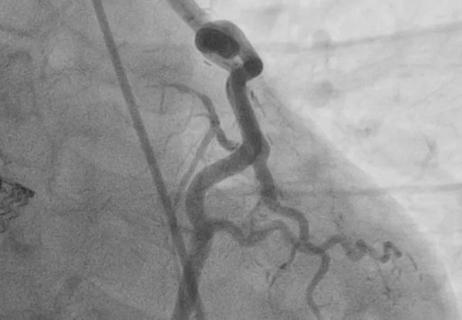
A potentially definitive repair in a young woman with multiple prior surgeries
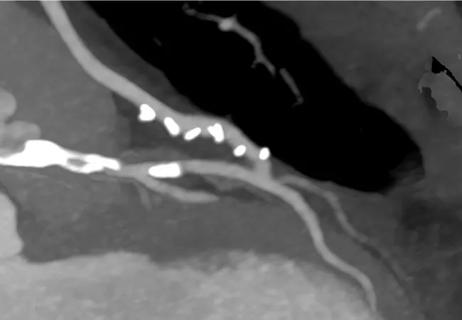
Matching the minimally invasive CABG alternative to the right candidates